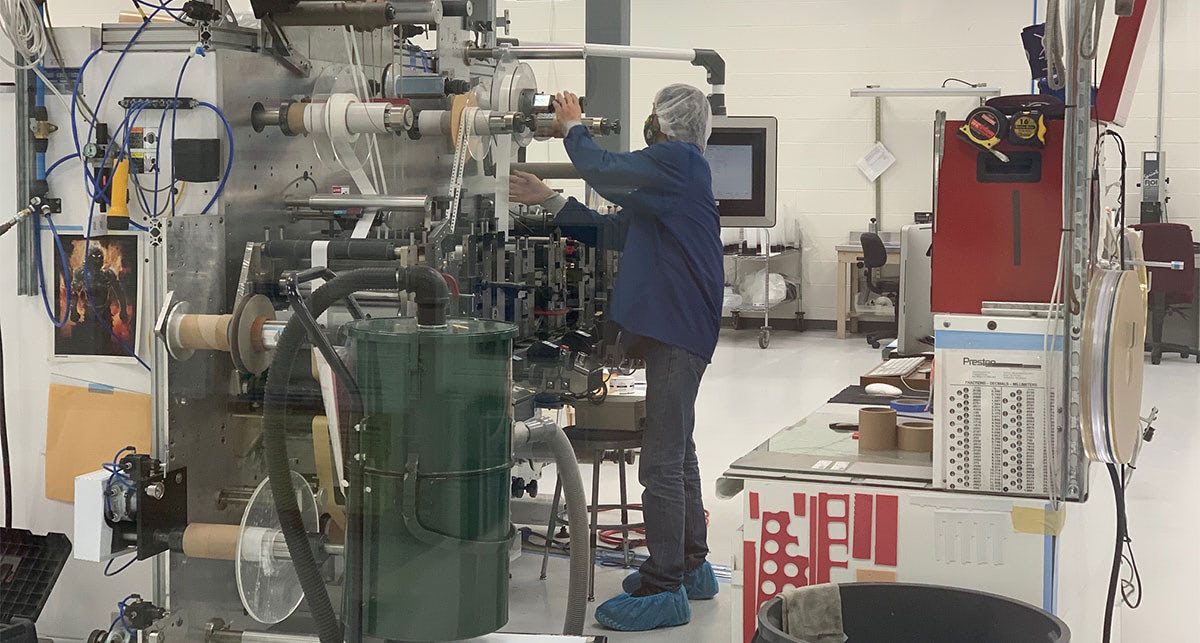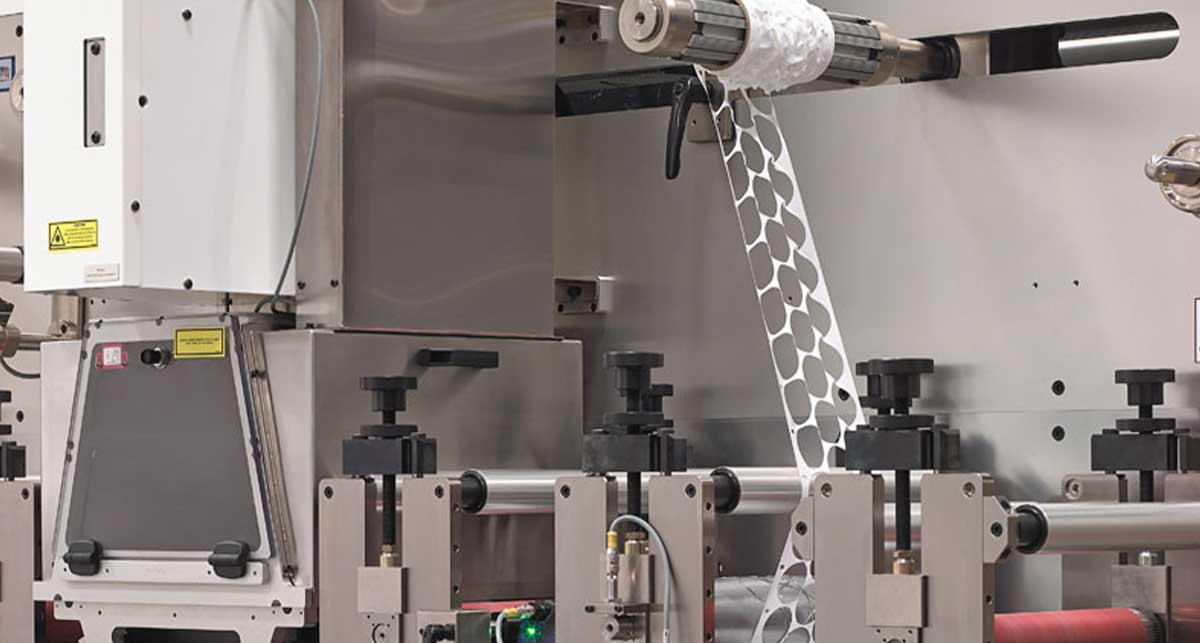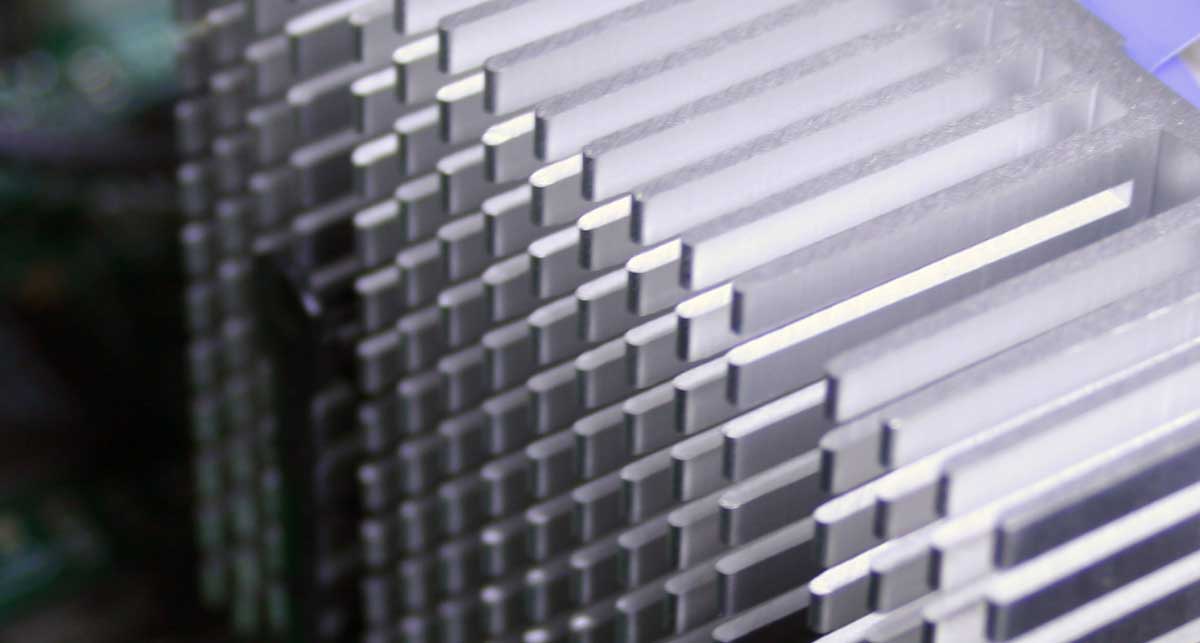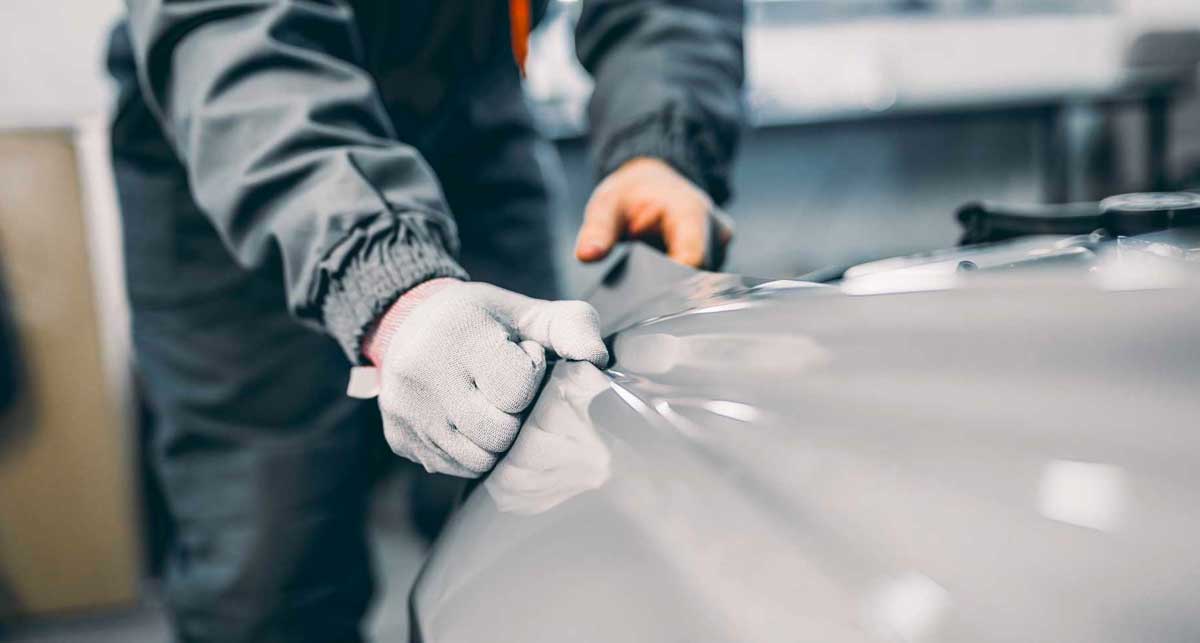A few months ago, I watched my aunt adjust her glucose monitor while her son proudly showed off his Paw Patrol band-aid. Her CGM patch would stay firmly in place for about a week, but his band-aid barely survived till dinner time.
This wear time disparity represents an important design principle: Stick-to-skin products require dramatically different adhesive strengths depending on their application.
At Strouse, we help clients navigate these choices by prototyping designs with various adhesives to find the optimal match for each product. Whether you're developing an extended-wear medical device or a temporary consumer product, selecting the right adhesive is essential to performance.
This article will guide you through choosing the correct material based on your target wear time to ensure your product stays put for exactly as long as it needs to.
Why Does the Wear Time Matter?
When you put on a band-aid, you’re probably not intending for it to stick for two weeks—just as you wouldn’t expect Grandpa’s heart monitor to tumble off his chest the moment he sat down to watch his shows.
Skin adhesive duration affects product safety and performance.
Long-term adhesives must maintain a steady attachment to the skin to perform their intended activity over time, while short-term adhesives should peel off after less time without a high risk of skin tears.
Skin Adhesive Wear Time Classifications
Before discussing the different wear times, we must define the difference between temporary and extended-wear skin adhesives.
Generally speaking:
- Temporary skin adhesives: 3 days or less
- Moderate: 4-6 days
- Extended wear: 7-14 days (or longer)
However, these ranges depend on the product's use case and application. For example, a material with a 0-7 day range could last anywhere from 0 to 7 days, but because of the strong initial tack, the material would stick for 5-7 days realistically without causing unnecessary skin damage.
| LENGTH OF WEAR | APPLICATIONS |
|---|---|
| Less than 1 day | Band-aids Anti-wrinkle or make-up patches Fashion, binding, mouth, or cosmetic tape |
| 1-3 days of attachment | Bandages Wound dressings and ostomy tape Drapes and incision films Hair tape Micropore tape Athletic and kinesiology tapes |
| 4-6 days of attachment | Catheter and IV attachment Drug delivery patches |
| 7-14 days of attachment | Surgical tape Biosensors |
| 14+ days of attachment | Biosensors Wearable devices (glucose monitors, insulin pumps, activity trackers, ECG monitors, etc.) |
Additional Material Considerations
Admittedly, you should consider other product factors in addition to the wear time itself.
1. BREATHABILITY
Your skin is a breathable, porous organ that requires a certain moisture level to maintain equilibrium and heal wounds properly.
A moist environment can double the speed of healing in cuts, scrapes, and burns. By preventing a scab, you allow skin cells to move faster and wounds to fill with exudate, which helps soothe nerve endings, bring in proteins, and remove dead tissue.
Unfortunately, keeping the skin moist for too long can cause maceration (a.k.a., skin softening, like how your hands get wrinkly during a bath). Exposing your skin to too much water causes its barriers to break down, leading to bacteria, fungi, and infections.
Some skin adhesives, like hydrogel, use gelatin to absorb liquid and help maintain the skin’s moisture barrier. Before you select a skin adhesive, you must decide how much moisture your application needs and whether it will dry out over a longer application.
2. SIZE AND WEIGHT OF DEVICE
Wearable devices require double-sided skin adhesives that can support the device’s weight for an extended period.
Device bonding typically demands durable materials engineered to maintain a strong bond throughout movement, sweating, and other conditions. Engineers often use double-sided tapes with a strong adhesive on one side to hold the device and a more gentle adhesive on the other side to cling to the skin.
3. LOCATION
Wrapping a bandage around multiple fingers is far more difficult than dressing a bicep, and the same goes for any other joints. Flexible areas may require adhesive materials with matching levels of flexibility or durability to ensure they last comfortably.
4. ENVIRONMENT
Does the material need to be waterproof? Waterproof AND approved for medical use? Adhesive requirements in a hospital setting could differ from the performance required to withstand everyday wear, such as sweating during exercise or bathing. For this reason, you’ll want to clarify your wear time requirements in the intended environment before picking a material.
5. STERILIZATION METHOD
Medical applications often require sterilization methods such as EtO or gamma. If you’re preparing a sterile application, ensure that your chosen patch material is suitable for the future processes. If sterilization is an important concern for your project, you may also want to consider Clean Room die cutting to improve the cleanliness of your part.
Making the Right Choice for Your End User
Ultimately, you want to ensure that your skin adhesive ensures a comfortable fit that lasts as long as needed.
Whether you know which material you need or are still in the process of design testing, a skilled converter can help you source the right material for your product design, provide accurate prototypes for testing, and bring your product to full-scale production.
Reach out to Strouse to get started on your project. We’ll help you source the right product and build prototypes that meet your specifications, ensuring high performance and a safe fit for your end users.
Visit our Learning Center for more information on stick-to-skin adhesive solutions.







